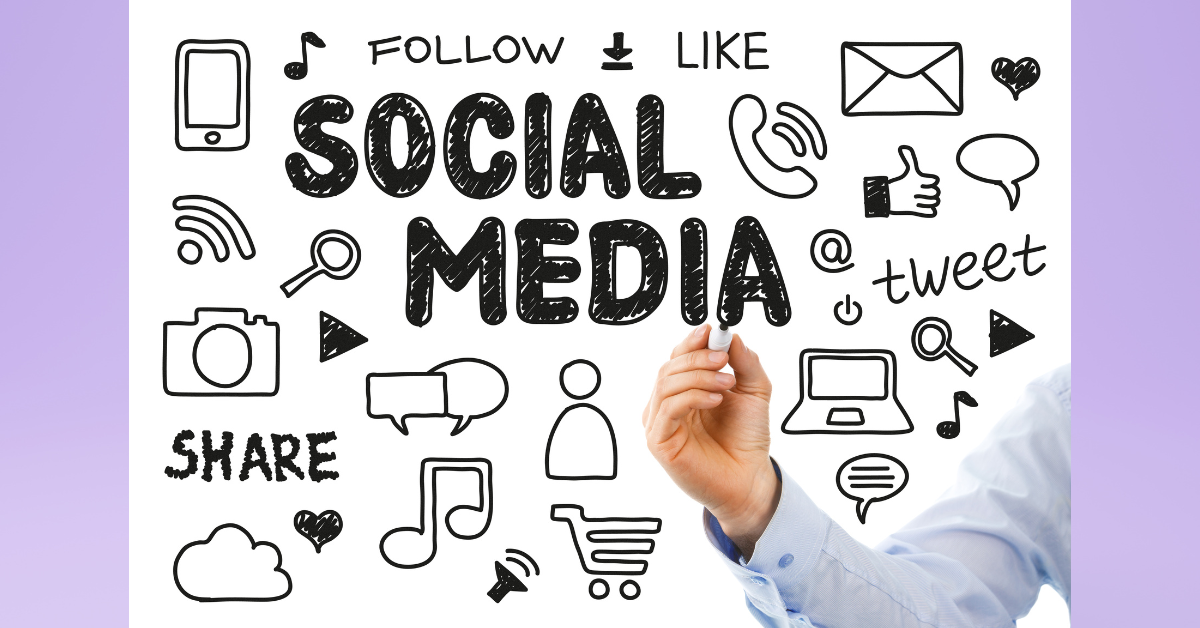Social Media Use
The use of social media has been a great asset for students to get in contact with other students and to stay connected with the school. It has allowed for students to discuss topics with their peers, ask for help with their school work, and find resources for their assignments. It has also been a great tool for the school to spread information to the student body, such as upcoming events and changes in school policy. Social media has been a great way for students to stay connected with the school and their peers, as well as keep up to date with the latest news.

What Is Social Media?
Social media is a type of online media that facilitates and encourages social interaction, collaboration, and the sharing of information and ideas. It includes platforms such as Facebook, Twitter, Instagram, YouTube, LinkedIn, and more.
How Did Social Media Evolve?
Social media has evolved over the past two decades, beginning with early forms such as chatrooms and forums in the late 1990s. These early platforms gradually developed into more advanced platforms which allowed users to post photos, videos, and stories. By the mid-2000s, most social media platforms allowed users to create personal profiles and connect with other users. In the 2010s, social media platforms such as Instagram and Snapchat emerged, allowing for the sharing of visual content and stories. In the 2020s, social media is continuing to evolve with the emergence of new platforms and features.
Different Types of Social Media
The most popular social media platforms used by students are Facebook, Twitter, Instagram, and Snapchat. Facebook is often used to stay connected with friends and family, share news, and join groups related to their interests. Twitter is a great way for students to keep up to date with current events, participate in conversations, and engage with their peers. Instagram is a great platform for students to share photos and videos, follow their favorite celebrities, and interact with their friends. Lastly, Snapchat is a great way for students to stay connected with their friends in a more private and personal way.
How to Use Social Media
- Protect your privacy: Make sure to keep your personal information private. Don’t post your address, phone number, or other personal details.
- Think before you post: Think carefully before you post anything online. Don’t share anything that could be used against you or that could be seen as offensive by other users.
- Be aware of scams: Be wary of any messages or posts that ask for money or sensitive information.
- Use strong passwords: Make sure to create strong passwords and never share them with anyone.
- Use two-factor authentication: Enable two-factor authentication on your social media accounts to add an extra layer of security.
- Avoid clicking on suspicious links: Be careful when clicking on links in messages or posts. Don’t click on any links that look suspicious or that are from unknown sources.
List of Cyber Security Risks across Social Media
- Malware and Spyware: Malware and spyware are malicious software programs that can infiltrate your computer without your knowledge and steal sensitive data.
- Phishing: Phishing is a type of cyber attack where attackers send emails, text messages, or social media messages that appear to be from a legitimate source in order to gain access to sensitive data.
- Unsecured Wi-Fi Networks: Unsecured Wi-Fi networks can put your online security at risk and allow attackers to access your personal information.
- Privacy Leaks: Privacy leaks occur when personal information is shared without the user’s knowledge or consent.
- Identity Theft: Identity theft occurs when an attacker uses stolen personal data to impersonate the user online.
- Social Media Scams: Social media scams are designed to trick users into giving away personal information or money.
- Account Hijacking: Account hijacking occurs when attackers gain access to a user’s account and use it for malicious purposes.
Pros & Cons of Social Media
Pros:
- Promotes connectivity and the ability to stay in touch with friends, family and colleagues.
- Provides access to news and current events.
- Can be used to promote businesses, products, and services.
- Can be used to connect with potential customers and build relationships.
- Can be used to create an online presence and establish a brand image.
- Can be used to build and strengthen relationships with existing customers.
- Can be used to share ideas, opinions, and experiences.
Cons:
- Can be a potential source of cyberbullying and online harassment.
- Can be used to spread false information and rumors.
- May lead to distraction and procrastination.
- Can have a negative impact on mental health, self-esteem and relationships.
- Can be a source of cybercrime and identity theft.
- Can lead to addiction and compulsive behavior.
Global social media statistics
- Currently, there are over 3.8 billion active users of social media worldwide.
- Facebook is the most popular social media platform with 2.6 billion active users.
- Instagram is the second most popular platform, with 1 billion active users.
- Twitter is the third most popular platform, with 330 million active users.
- YouTube is the fourth most popular platform, with 2 billion active users.
- LinkedIn is the fifth most popular platform, with 610 million active users.

.jpg)
.jpg)

.jpg)


.png)